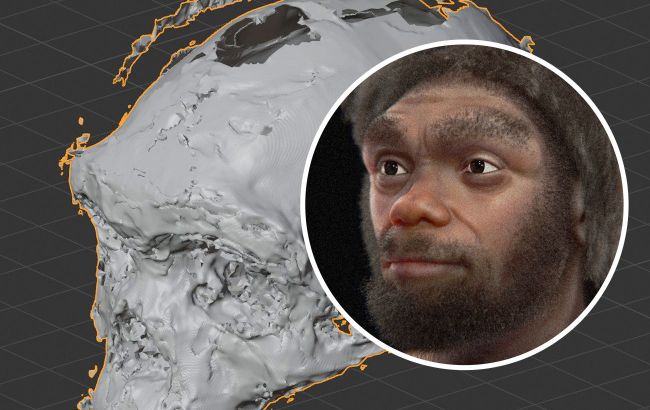Scientists recreate appearance of extinct human species: What they looked like
 How the Extinct Human Species Looked (Collage RBC-Ukraine)
How the Extinct Human Species Looked (Collage RBC-Ukraine)
Researchers have reconstructed the appearance of a human who lived in what is now China 150,000 years ago, belonging to an ancient species called Homo Longi. The skull used for the reconstruction was discovered near the Heilongjiang River in 1933 during bridge construction, writes Ortog Online.
The river's name translates to the Black Dragon River, leading to the informal nickname 'Dragon man' for this hominid.
It wasn't until 2021 that scientists identified the skull as belonging to a previously unknown Homo species.
The anatomical features of Homo Longi differed significantly from modern humans, with a large head, square eye sockets, flat and low cheekbones, and massive teeth. Despite these differences, researchers believe that Homo Longi was a close relative of Homo sapiens, closer than Neanderthals.

Scientists Recreate the Appearance of the 'Dragon Man' (Photo: ortogonline.com)
The Brazilian expert, Sisero Moraes, reproduced the appearance of the 'Dragon man' during experiments. He created a digital model of the skull based on data from a 2021 study.
Where fragments were insufficient, the scientist used samples of the remains of another ancient human, Homo erectus. Soft tissues were replicated based on samples from modern humans and chimpanzees.




Scientists recreate the appearance of the 'Dragon man' (Photo: ortogonline.com)
As a result, the expert was able to reproduce an anatomically consistent skull based on objective data and reliable modeling methods. He also incorporated some modern artistic details, such as skin color and hair.

